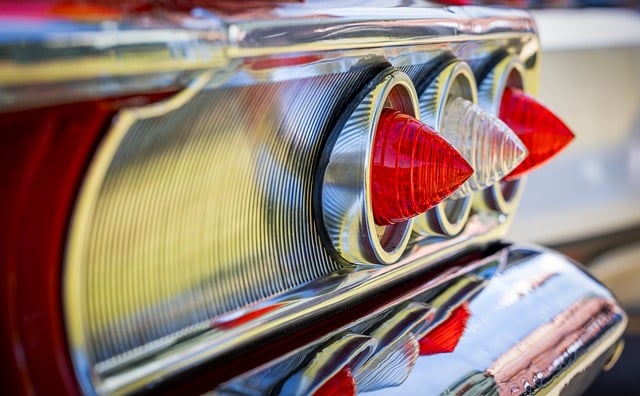Before shipping a classic or vintage car, conduct a thorough pre-inspection to identify potential issues like rust, engine leaks, outdated electrical systems, and tire condition. Test all lights, switches, and mechanisms, making necessary repairs or replacements to meet shipping standards. Document existing damage with photos, verify fluid levels, battery connections, and overall functionality. Remove personal items from the interior for safer transport. This meticulous preparation ensures your classic or vintage car arrives in top condition.
Shipping a classic or vintage car requires meticulous preparation for a safe journey. This guide navigates the process, from assessing your vehicle’s condition using a pre-inspection checklist to packing sensitive parts securely. We’ll walk you through choosing the right shipping method—truck, rail, or sea—each with its benefits and drawbacks, ensuring your cherished car arrives intact. Get ready to embark on a smooth shipping experience for your classic and vintage cars!
- Assessing Your Classic or Vintage Car for Shipping
- – Pre-inspection checklist
- – Identifying potential issues and repairs needed
Assessing Your Classic or Vintage Car for Shipping

When preparing a classic or vintage car for shipping, the first step is conducting a thorough assessment. This involves inspecting the vehicle’s condition, both internally and externally, to identify any potential issues that could arise during transit. Shipping classic and vintage cars requires extra care due to their historical value and delicate nature. Look for signs of rust, particularly in areas exposed to moisture or salt, as this can compromise structural integrity. Check the engine for leaks and ensure all fluids are at optimal levels; old or improperly maintained cars may have outdated systems that require special attention.
Pay close attention to the car’s electrical system, as vintage vehicles often have unique wiring and components. Test all lights, switches, and accessories to guarantee they function correctly. Additionally, assess the condition of tires and wheels, ensuring they are secure and in good working order. Consider any necessary repairs or replacements to bring your classic car up to shipping standards, thereby minimizing the risk of damage during transit.
– Pre-inspection checklist

Before shipping your classic or vintage car, it’s crucial to perform a thorough pre-inspection to ensure its condition and value during transit. Create a checklist that covers every aspect of the vehicle—from exterior and interior to mechanical and electrical systems. Check for any signs of damage, including dents, scratches, or broken parts, and document them with clear photos. Verify that all fluids are at the appropriate levels, tires are properly inflated, and battery connections are clean and secure.
Inspect the lighting, wipers, and signals to ensure they function correctly, as well as the car’s overall functionality. For vintage vehicles, pay special attention to any restoration work, ensuring it meets professional standards. Make sure all personal items are removed from the interior, as they could shift during transport and cause damage. This meticulous pre-inspection will help streamline the shipping process for your classic or vintage car, giving you peace of mind knowing it’s in top condition.
– Identifying potential issues and repairs needed

Before preparing a classic or vintage car for shipping, it’s crucial to conduct a thorough inspection to identify any potential issues that could arise during transit. This process involves a meticulous review of the vehicle’s condition, focusing on structural integrity, mechanical systems, and cosmetic aspects. Look for signs of rust, especially in areas prone to damage like wheel wells and frames, as well as check the overall paint job for chips or cracks. Verify all lights, indicators, and fluids levels to ensure they are functional and within acceptable ranges. Additionally, assess the tires for tread wear and proper inflation pressure, and make sure the battery is charged and secure.
Addressing repairs early on is essential for seamless shipping. If any issues are found, prioritize them based on urgency and severity. Simple fixes like patching small rust spots or replacing worn-out parts can often be done relatively quickly. However, more complex repairs such as major engine overhauls or structural weldings may require significant time and should be scheduled well in advance. Proper documentation of the identified issues and the subsequent repairs will also be beneficial for insurance purposes and ensuring a smooth shipping experience.
When preparing a classic or vintage car for shipping, a thorough pre-inspection is key. By using a comprehensive checklist and addressing any potential issues, you ensure a smooth transportation process for your cherished vehicle. Remember, proper preparation is the foundation for successfully shipping these valuable gems, allowing you to focus on the journey ahead without concern.
